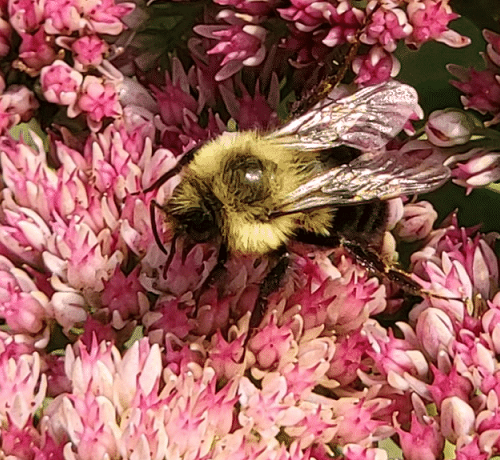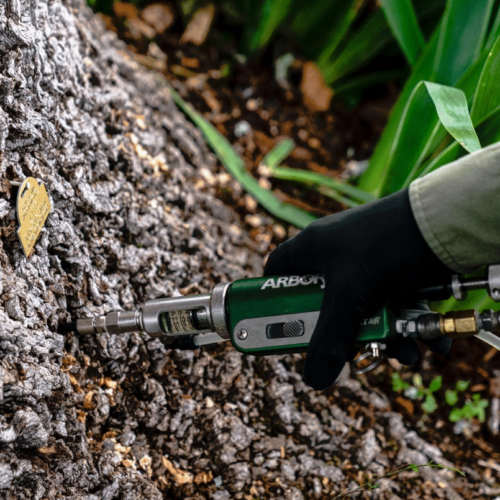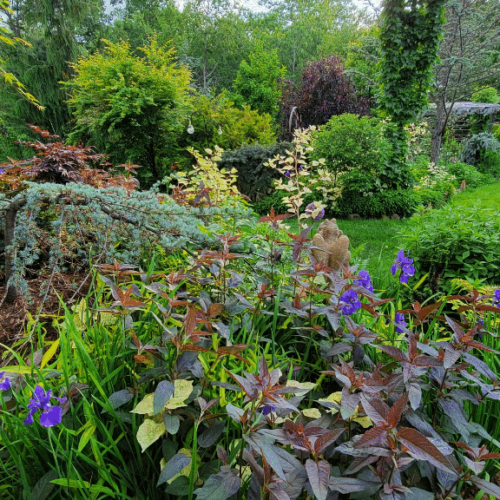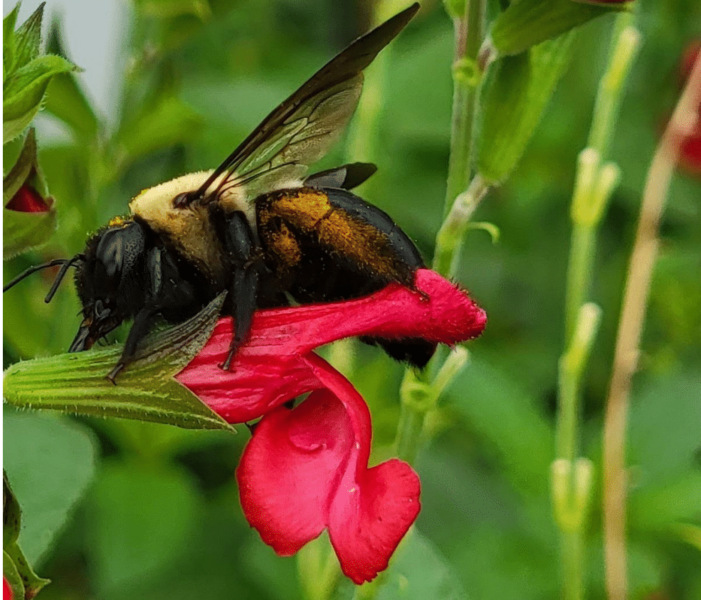At Arborjet | Ecologel, we strive to build more environmentally friendly solutions for serious tree pests, which can severely damage or kill native and non-native tree species, while also aiming to mitigate impacts on crucial pollinator insects. We are intrinsically aware of our responsibility as stewards of the environment and leaders in the industry to do no harm while saving our urban forests for generations to come.
It is with that responsibility in mind that we offer some thoughts about how our products can be used effectively and presented to your customers as a viable alternative to traditional treatments such as foliar sprays, soil drenches or bark sprays, all of which have greater environmental risks.

Injection Considerations
Here are some thoughts to consider when you make choices of treatment protocols, and how to respond if your customers inquire about your choice of trunk injection to protect their trees:
- Injections ensure the entire formulation is placed directly into the tree, with nothing sprayed into the air (and potentially off-target). When sealed into the tree with Arborplugs, our injections cannot leach into ground water or adjacent storm drains. When used in accordance with the label, injectable insecticides offer reduced risk to the environment, people, pets, and native fauna.
- When compared to foliar spray applications, trunk injection minimizes the risk of off-target application. These injected applications use nominal levels of active ingredients which are sealed into the tree. Frequently, the volume of these active ingredients are less than a teaspoon for the entire tree.
- With proper timing, tree injections pose reduced risk to pollinators as well, even in bee-attractive trees. Importantly, injections must be timed to occur after flowering in bee-visited trees. This is usually highly effective at controlling spring and summer pests while avoiding times of high bee activity. Always weigh the potential damage to trees caused by pests against the risks to pollinators.
Many native trees are wind pollinated, so if they need treatment, it poses minimal risk to the health and safety of pollinating insects. The insecticide moves inside the tree using its own vascular system, then moves into the trunk or leaves to control the pests which feed in those locations.
Leaf-chewing insects and woodboring insects are controlled with reduced environmental risk. Applicators must make sound, professional judgement, and understand plant phenology when determining correct application timing. Most products that are used on pollinator-preferred tree species remain active in trees between a few months to just under a year, so treatment chemistry is gone before pollinators return a year later. This method ensures a far lower risk than sprays and soil applications.


- IMA-jet and IMA-jet 10 are intended to be used as formulated, so there is no mixing required. This eliminates any mixing in the treatment process, further minimizing applicator exposure. Additionally, eliminating the need to mix or dilute the product reduces the potential of a spill and/or use of incorrect rates.
- Plugged-injection methods further ensure that the trunk injection product stays in the tree. Injection sites using plug-less techniques may lose injection chemistry from the injection site immediately after the application. These same injection sites can remain open for years and become attractive to opportunistic insects and diseases. Using the Arborplug ensures the site is sealed against both leaked chemistry and pest entrance. Applicators using a properly-set Arborplug can inject with confidence that the chemistry will remain within the tree, protect it, and reduce environmental risks concurrently.
Committed to Protection
Our industry has an importance responsibility to protect the environment and pollinators, while our customers expect us preserve their trees against pests, diseases, and environmental factors. We have been provided protection to millions of trees, and to people and municipalities, for over 20 years, and will continue to do so.
This blog and its content was written by Rob Gorden, the director of urban forestry and business development for Arborjet | Ecologel
All photos are credited to Rob Gorden.


